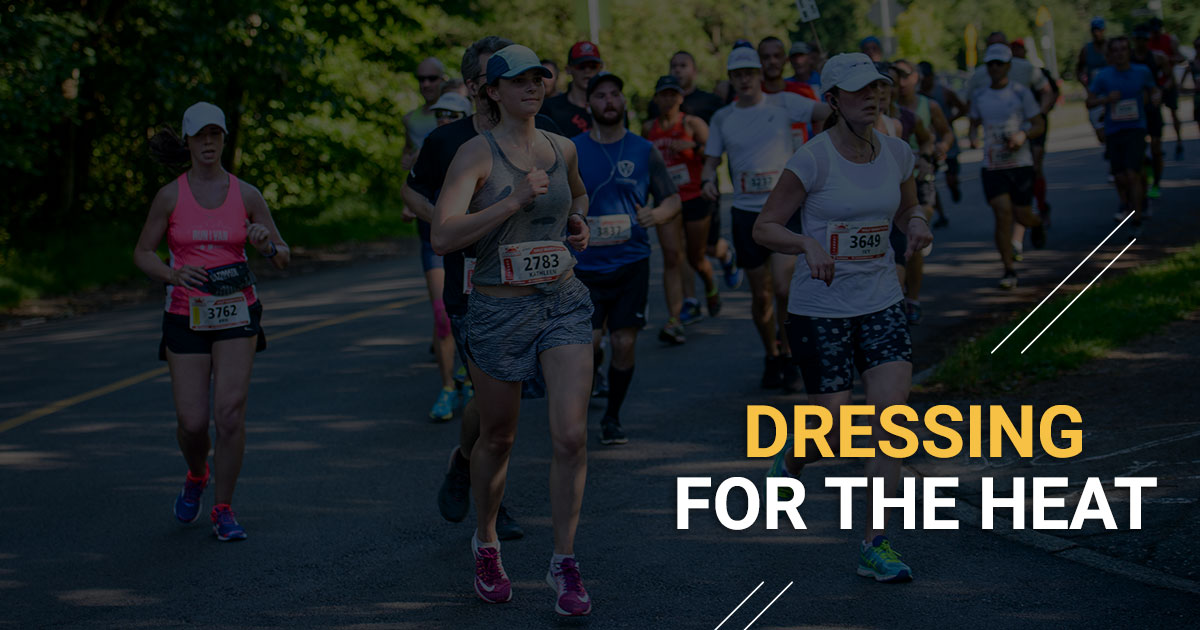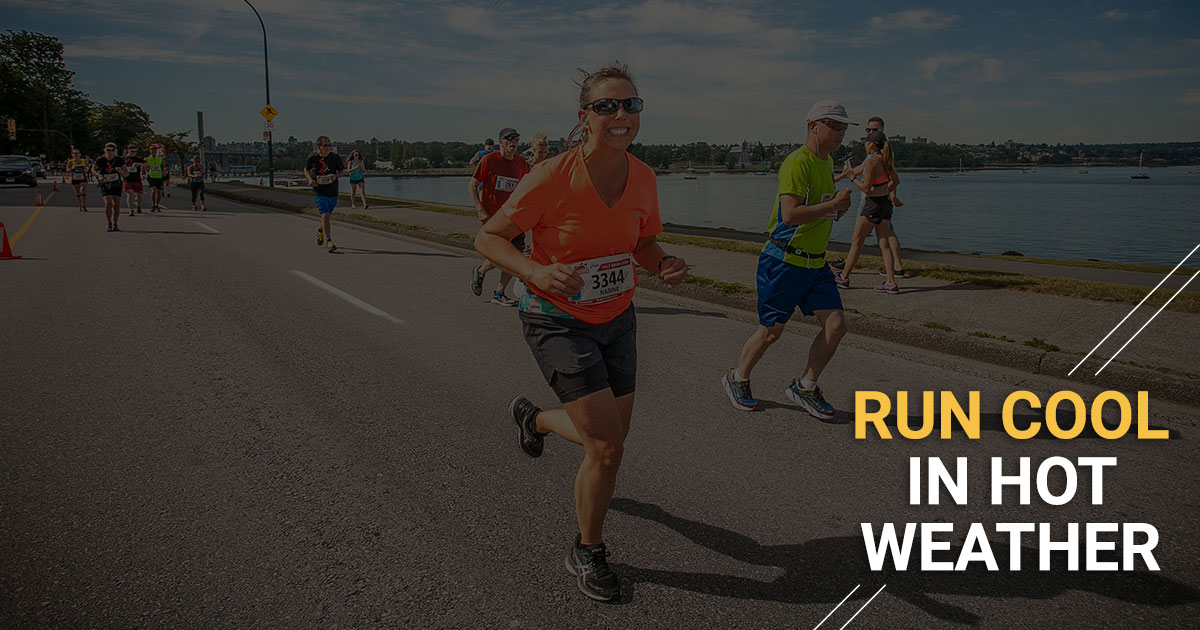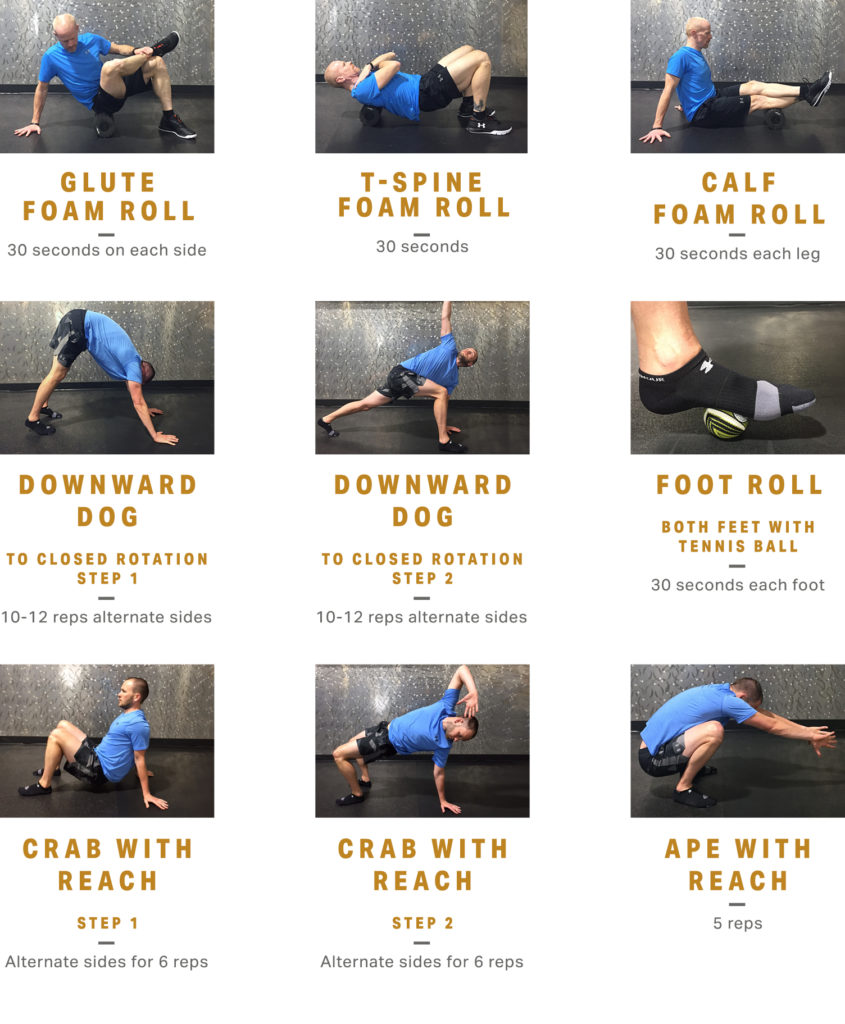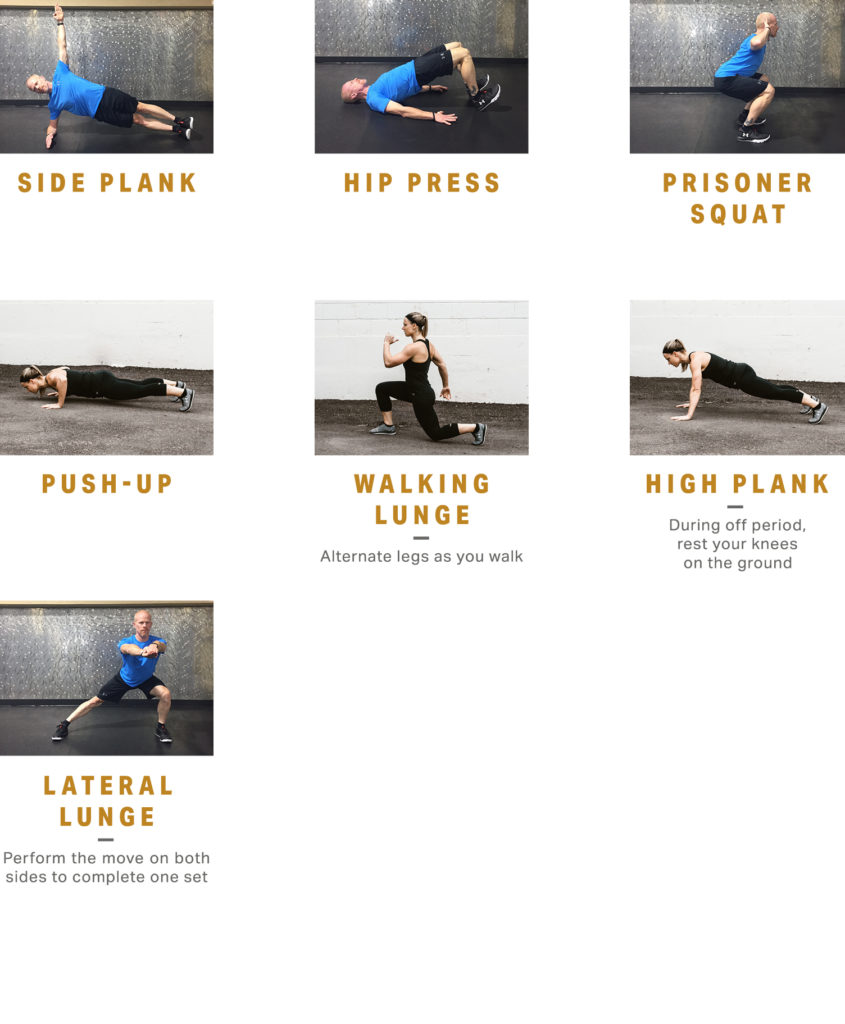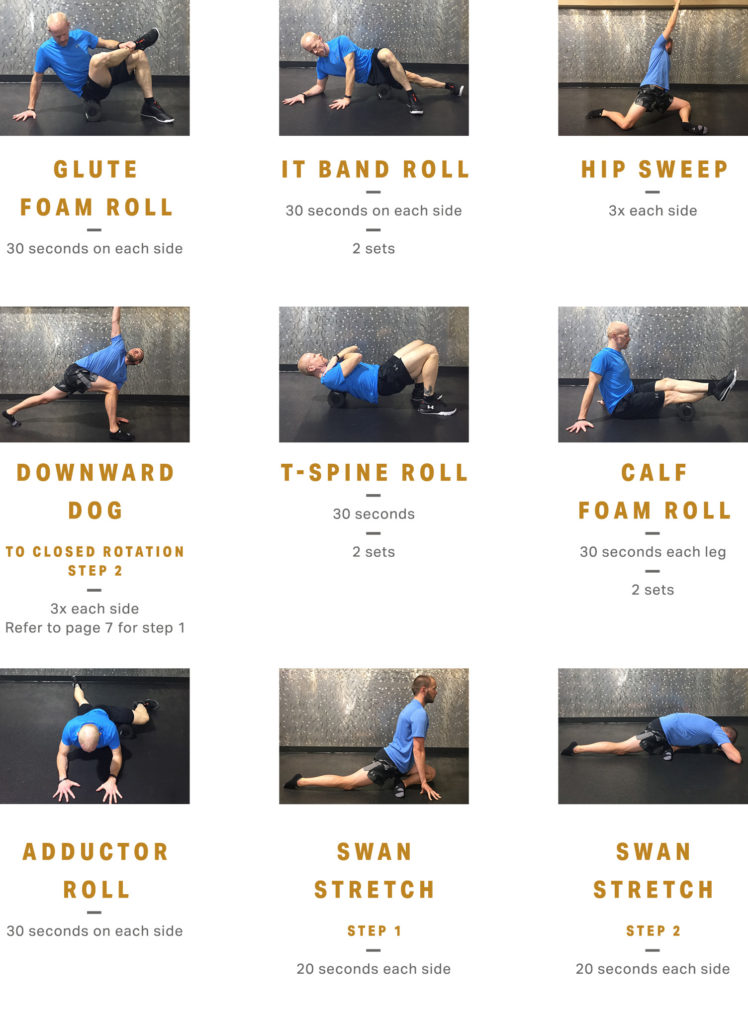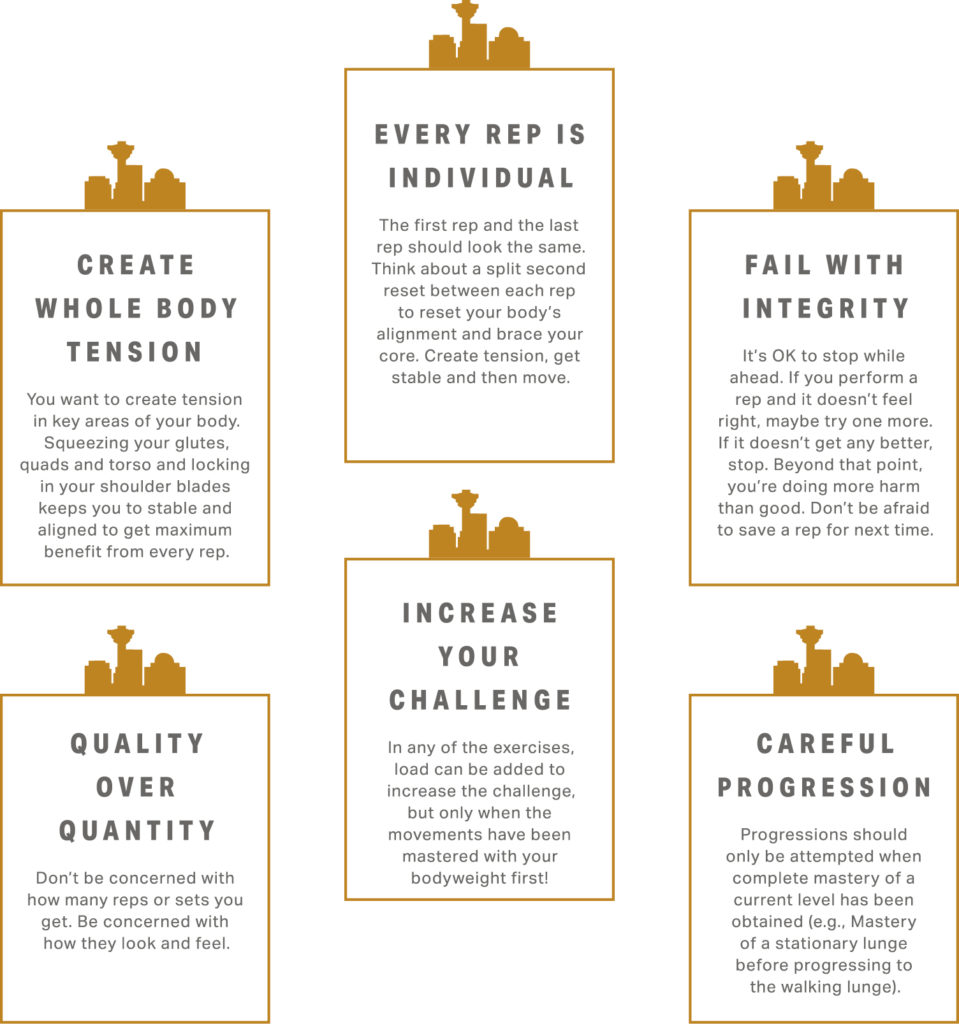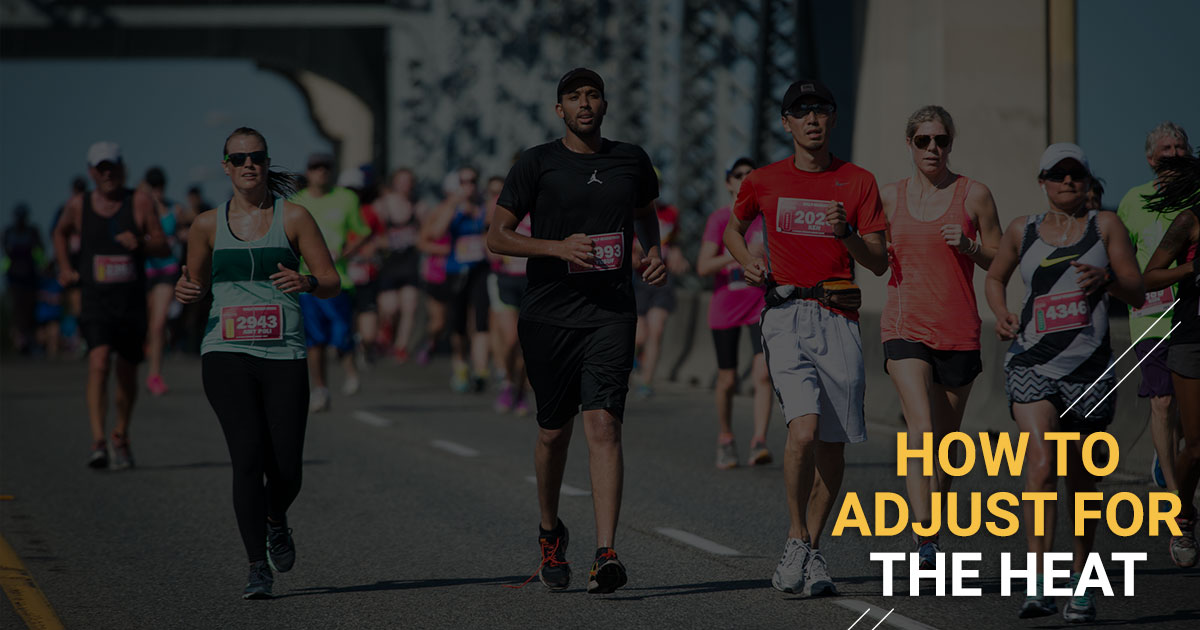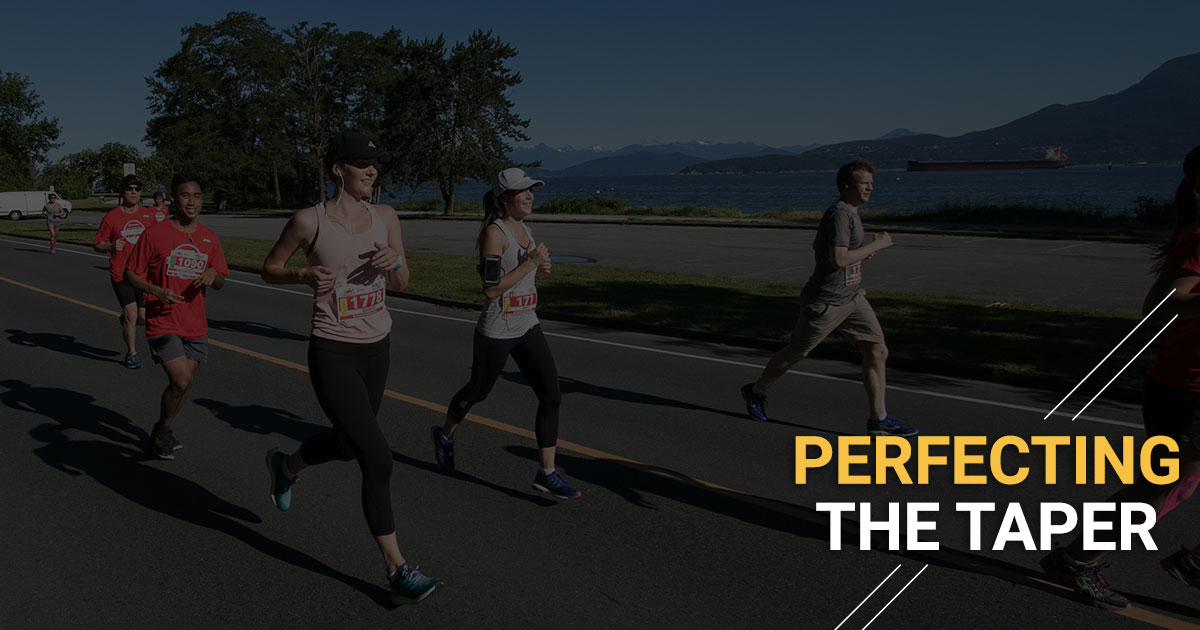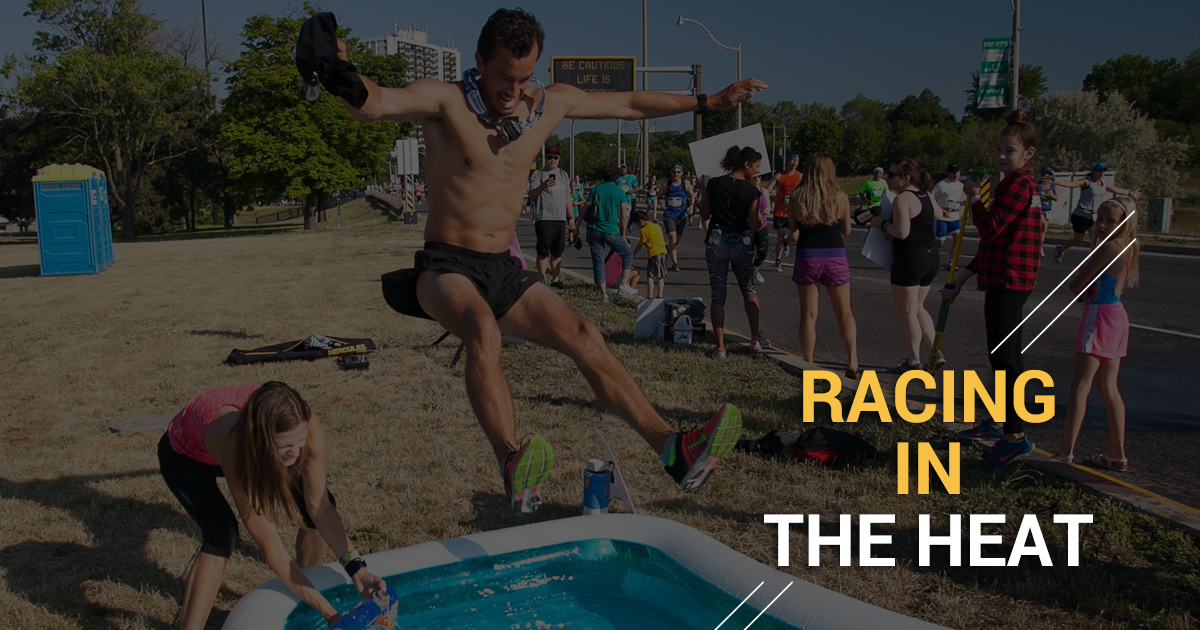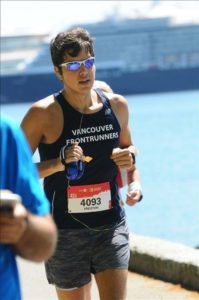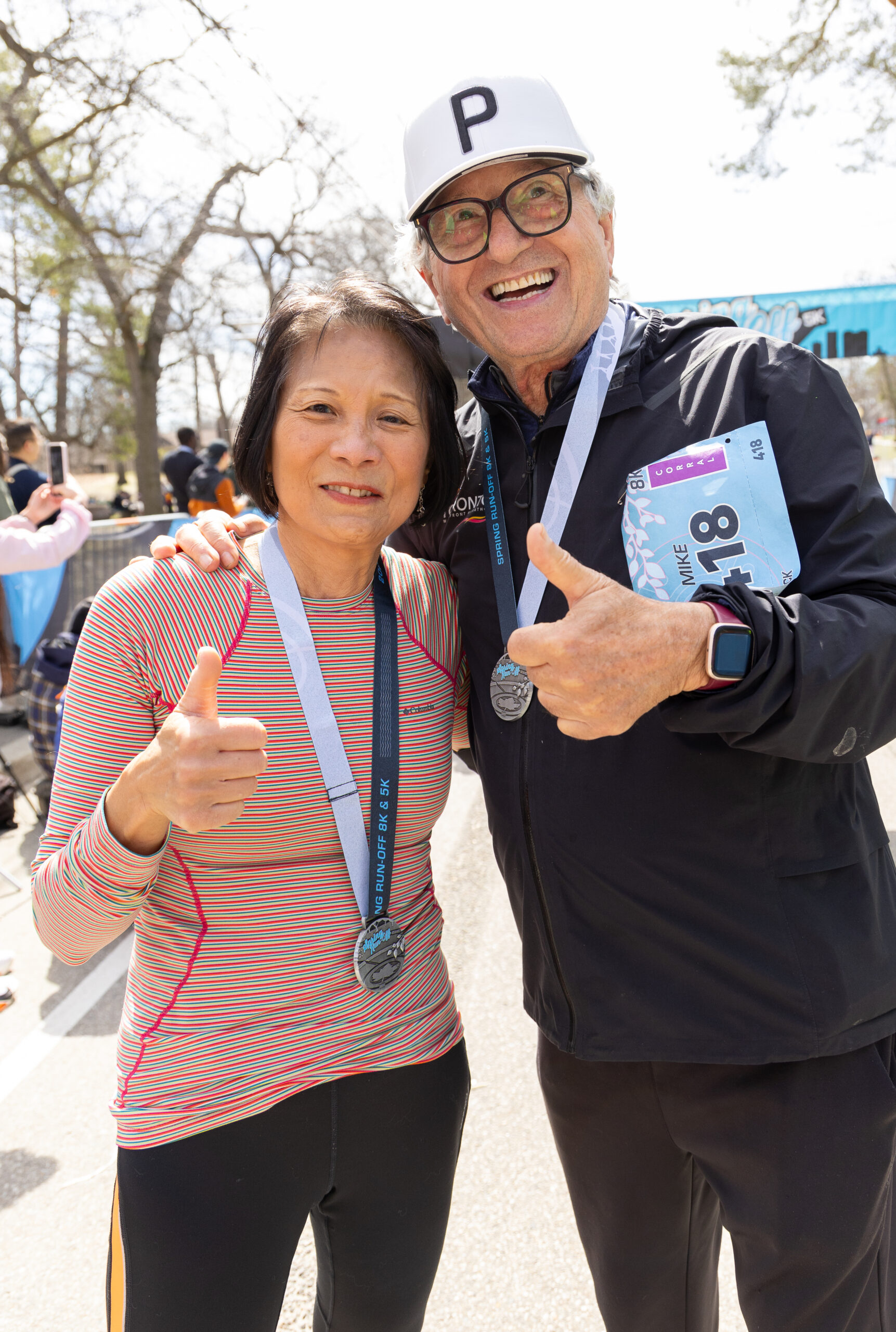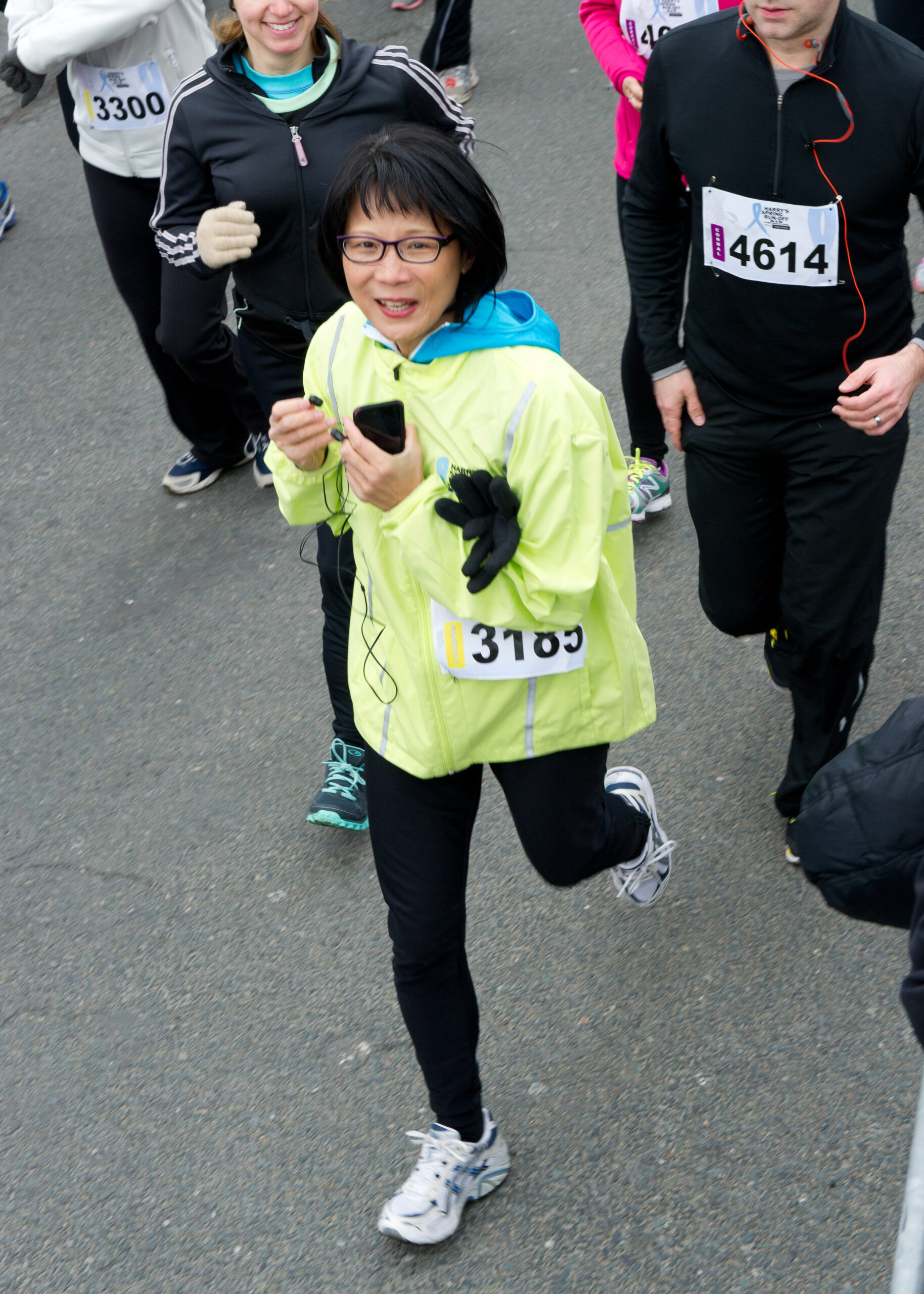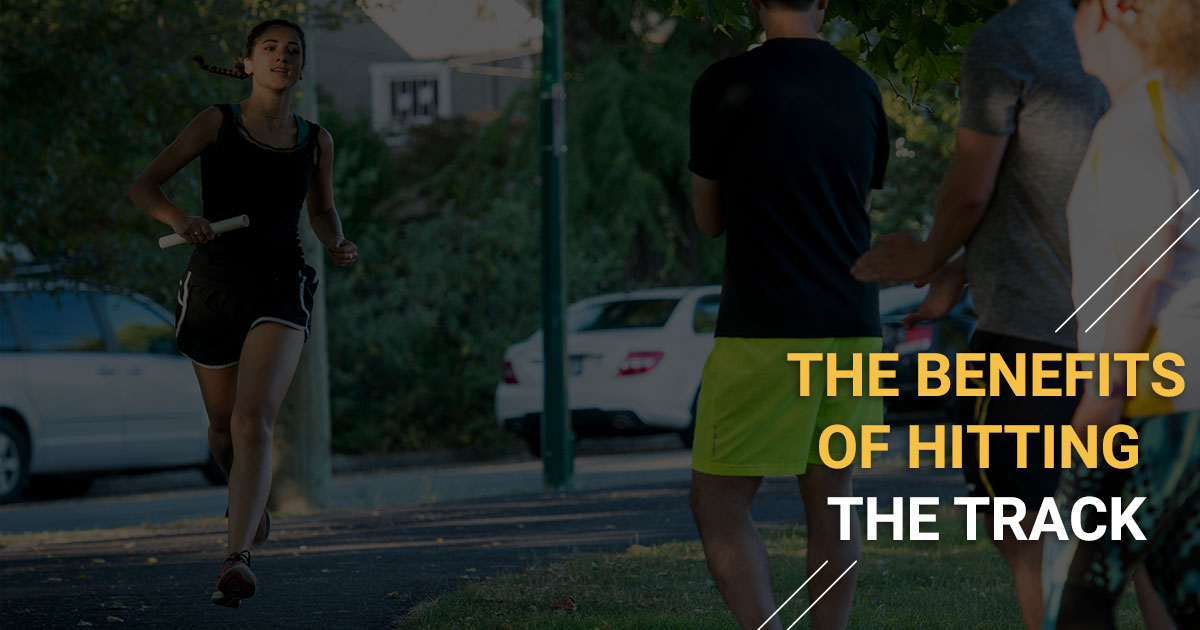
The benefits of track work when training for anything longer than 5k aren’t often discussed during a race build. Track workouts have their time and place for any race distance. While crucial for typical track events of 5000m and under, they also provide many benefits for any distance up to the marathon. Even ultra marathoners do track workouts sometimes! It can feel intimidating heading to the perfectly marked 400m oval. The fear of the workout’s intensity, not knowing how to pace, or pressure to perform an a perfectly flat and manicured surface can steer runners away. Try to ignore those barriers and remember the benefits a track workout will provide.
Learn to pace
On the track, the terrain is consistent and is perfectly flat. These characteristics help runners learn how to properly pace themselves and understand what difference paces feel like. When running on the track, you must mentally push yourself to keep on pace. This helps build mental strength as well as physical strength, which is the opposite of treadmill running that forcefully keeps you moving at the same speed. Understand that not every interval needs to be an all-out effort. Being able to keep tabs on the pace by checking splits every half-lap (200m) or full lap (400m), will provide timely feedback so you know how and when to adjust your pace.
Improved running economy/efficiency
Running easy is exactly what it sounds like: easy. It builds a tolerance to pavement pounding and slowly creates an aerobic base, but it also only teaches how to run at a leisurely pace. Track workouts encourage a faster turnover. Therefore, it teaches your body how to run fast by adapting neuromuscular, musculoskeletal, and respiratory systems. Faster turnover helps recruit and stimulate fast-twitch muscle fibers. The amount in which it helps to make you run faster is very individual, but it will certainly help you from getting slower! By building an aerobic foundation, it enhances the amount of oxygen that is consumed at a given pace. Meaning you’re able to hold a higher intensity for an extended duration before running out of steam.
Mental toughness
The thought of running around in 400m ovals isn’t exactly appealing. The monotony of the unchanging terrain and elevation can make it hard to remain motivated throughout a workout. However, that’s exactly what makes the track great. It requires mental toughness to remain on task throughout the workout especially with the workout’s heightened intensity. Seemingly unnecessary to do 400m repeats when training for a half or full marathon, it’s actually incredibly helpful. When busting out shorter and faster intervals, it forces your legs to get out of an easy run shuffle and into a more powerful stride. By pushing a pace that can only be held for a short period of time, it makes the speed of threshold/tempo runs feel much more manageable.
So when training for your next goal race, be sure to include some speedy track sessions into your build. Ideally grab a group of friends to accompany you and push the pace. Do a full warmup to fully prepare your muscles for the intensity of the workout and don’t forget to have fun!


